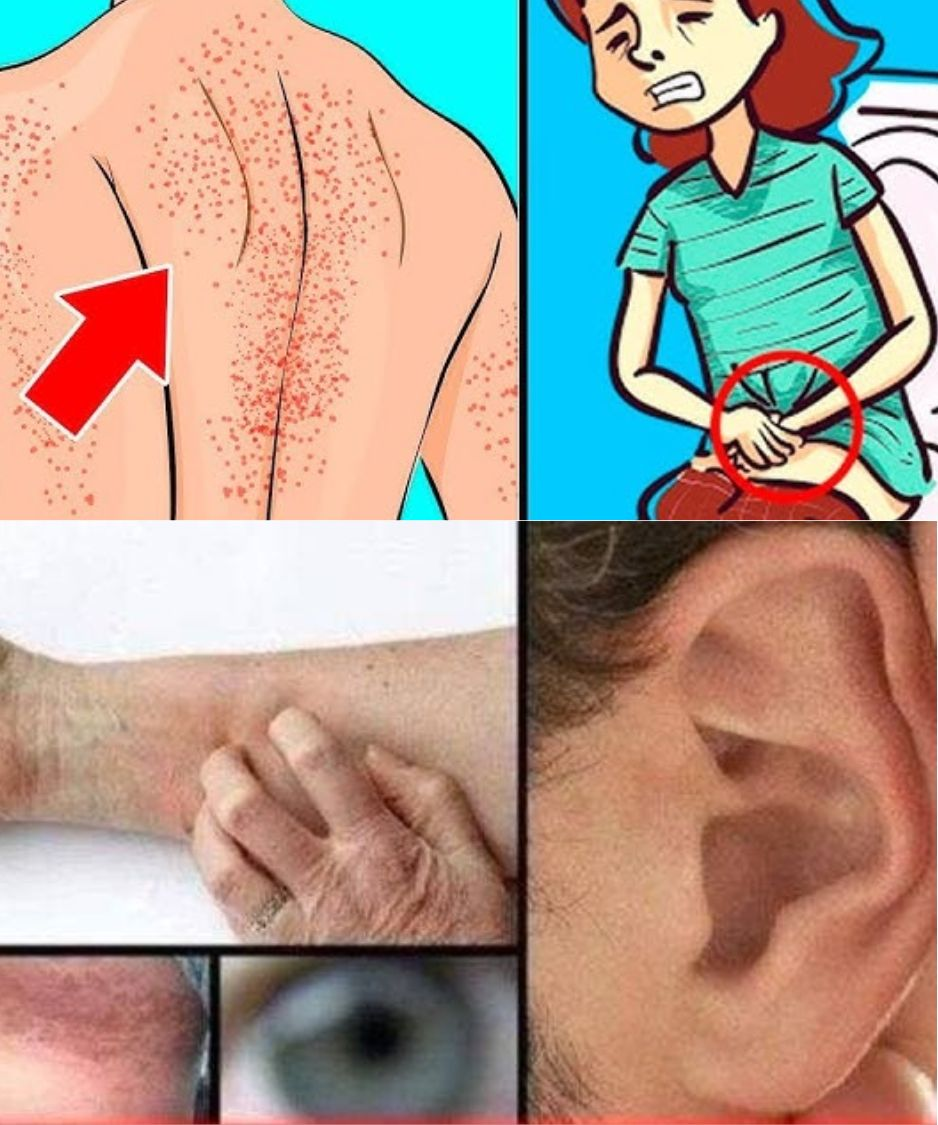iabetes is a chronic condition that affects millions of people worldwide. Early detection is crucial for effective management and prevention of complications. But did you know that diabetes can manifest in various parts of your body? From your head to your toes, your body might be giving you signals that shouldn’t be ignored. Here’s how to recognize them.
1. Head: Blurred Vision and Headaches
High blood sugar levels can affect the tiny blood vessels in your eyes, leading to blurred vision. Frequent headaches may also occur due to fluctuating glucose levels or dehydration, which are common in diabetics.
2. Mouth: Dryness and Gum Issues
Uncontrolled diabetes can reduce saliva production, causing persistent dry mouth. It can also lead to gum disease, as high sugar levels provide an ideal environment for bacteria to thrive.
3. Skin: Unusual Symptoms
Diabetes often reveals itself through skin changes such as:
- Dark Patches: Especially on the neck or armpits (acanthosis nigricans).
- Itching and Dryness: Caused by poor circulation or fungal infections.
- Slow Healing Wounds: Cuts and sores may take longer to heal due to impaired blood flow.
4. Hands and Feet: Numbness and Tingling
High blood sugar can damage nerves, leading to numbness, tingling, or a burning sensation in the extremities. This condition, known as diabetic neuropathy, often starts in the feet and progresses upward.
5. Digestive System: Frequent Thirst and Hunger
Diabetes disrupts how your body uses insulin, leading to extreme thirst (polydipsia) and hunger (polyphagia), even after eating.
6. Weight and Energy Levels: Unexpected Changes
- Weight Loss: Sudden, unexplained weight loss can be a warning sign, especially in Type 1 diabetes.
- Fatigue: Persistent tiredness is common as your body struggles to convert glucose into energy.
7. Urinary System: Frequent Urination
Increased urination (polyuria) is one of the earliest and most noticeable signs of diabetes. It occurs because your kidneys work overtime to remove excess sugar from your blood.
8. Mental Health: Mood Swings and Foggy Thinking
High or low blood sugar levels can cause mood swings, irritability, and difficulty concentrating, often referred to as “brain fog.”
How to Act on These Symptoms
If you notice any of these signs, it’s important to consult a healthcare professional. Early diagnosis and management can prevent complications like kidney damage, vision loss, or cardiovascular disease.
Tips for Diabetes Prevention and Management
- Healthy Diet: Focus on whole grains, lean proteins, and low-sugar foods.
- Regular Exercise: Helps maintain a healthy weight and improve insulin sensitivity.
- Routine Check-ups: Monitor blood sugar levels and overall health regularly.
Conclusion
Recognizing the signs of diabetes from head to toe can save lives. Whether it’s blurred vision, numbness in your feet, or persistent thirst, these symptoms should not be ignored. Understanding your body’s signals and acting promptly is the first step toward managing this condition effectively.




